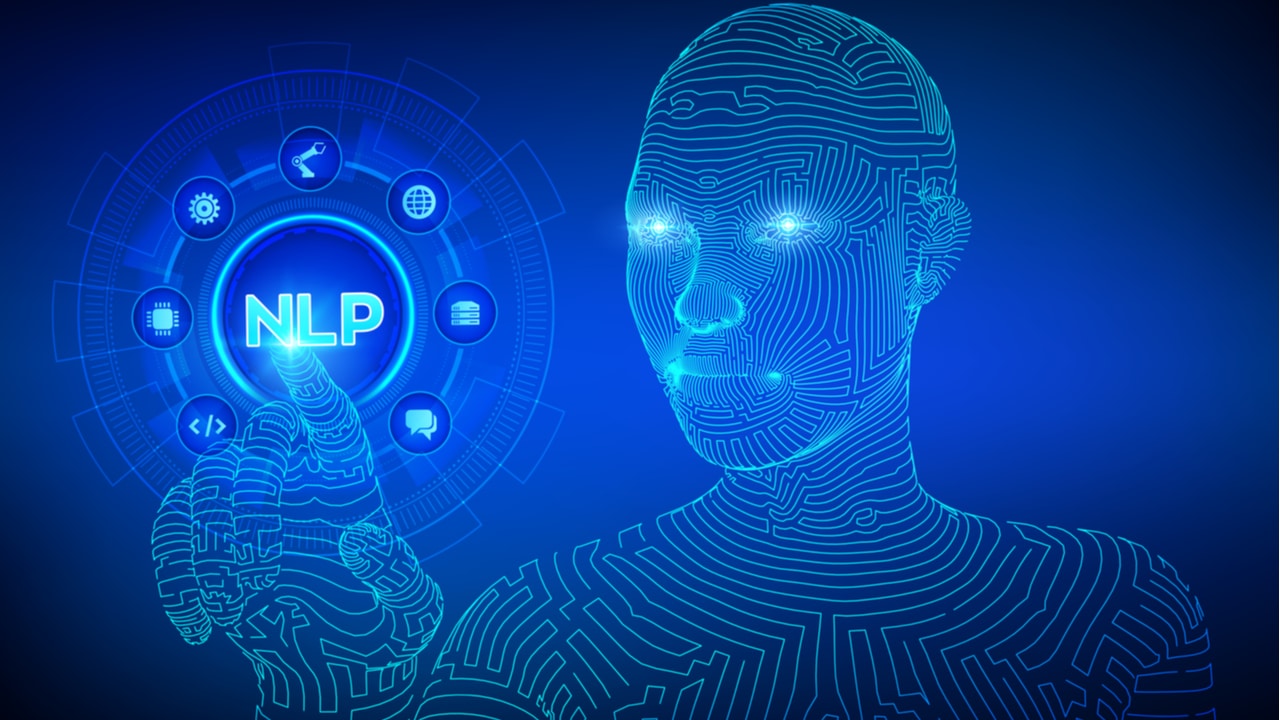
Of the capabilities that set humans apart, language stands out as uniquely complex - intricate grammatical systems tying abstract conceptualizations to symbols and sounds. Mastering such nuanced, contextual communication seems an insurmountable task for machines. Yet recent AI advancements are dismantling barriers in natural language processing, bringing sci-fi visions of eloquent human-computer interaction closer to reality.
Language mastery demands grace with intricacies that many take for granted. Identifying meaningful information and relationships within sentences requires differentiating words by type and role. For instance, pinpointing entities like people, places, or dates depends on naming subtleties. Interpreting WHO did WHAT to WHOM relies on tagging parts of speech, parsing syntax, and factoring context. Determining emotional sentiment is key for appropriately nuanced responses.
AI approaches these complex challenges through statistical models detecting patterns in huge volumes of text data. Given sufficient examples, machine learning algorithms can acquire impressively human-like language capabilities. Models like OpenAI's GPT-3 demonstrate this by generating articles, poems, code, and more upon demand. Its training on some 45 terabytes of internet text helps it complete textual analogies, answer ambiguous questions correctly 86% of the time, and translate language fluently.
We already interact with such advanced natural language processing daily. Whether asking Siri to set alarms upon waking or having Google condense search results into concise answers, the AI behind such tasks applies NLP techniques extensively. They allow translating applications to fluidly exchange complex conceptualizations between languages bridging communication barriers. Smart compose features can suggest full email sentences given just a few starter words based on statistical typing pattern analysis. Behind them are neural networks processing character sequences with LSTM cells retaining memory of context.
Customer support chatbots utilize sentiment analysis of inquiries about online order issues to escalate appropriately. Voice transcription apps in meetings distinguish speakers by auditory cues and speech patterns. Language generation models craft automated news articles, sports recaps, and product descriptions saving time and costs. Screen readers vocalize text to aid the visually impaired. All rely on AI trained on linguistic models statistically aggregating patterns from substantial text corpora.
Still, such data-driven approaches have downsides. Language model biases perpetuate unhealthy stereotypes. Privacy violations arise from collecting data required to train complex models. Generated content risks becoming unoriginal or nonsensical. Truly contextual dialog understanding remains limited. Tackling such issues amidst advancing innovation leaves much open-ended.
How we progress language technology ethics while continuing to dissolve communication barriers between man and machine poses great opportunity. Natural language processing paves the way for more intuitive search engines, transportation navigation systems, and device assistants. It promises avenues for self-expression unbounded by physical ability. Language grounding physical events into shared experience is deeply definitive of the human condition. At the frontier bridging artificial and human intelligence, innovations testifying to shared hopes, struggles, values, and purpose between both spheres could profoundly impact how we progress together.

